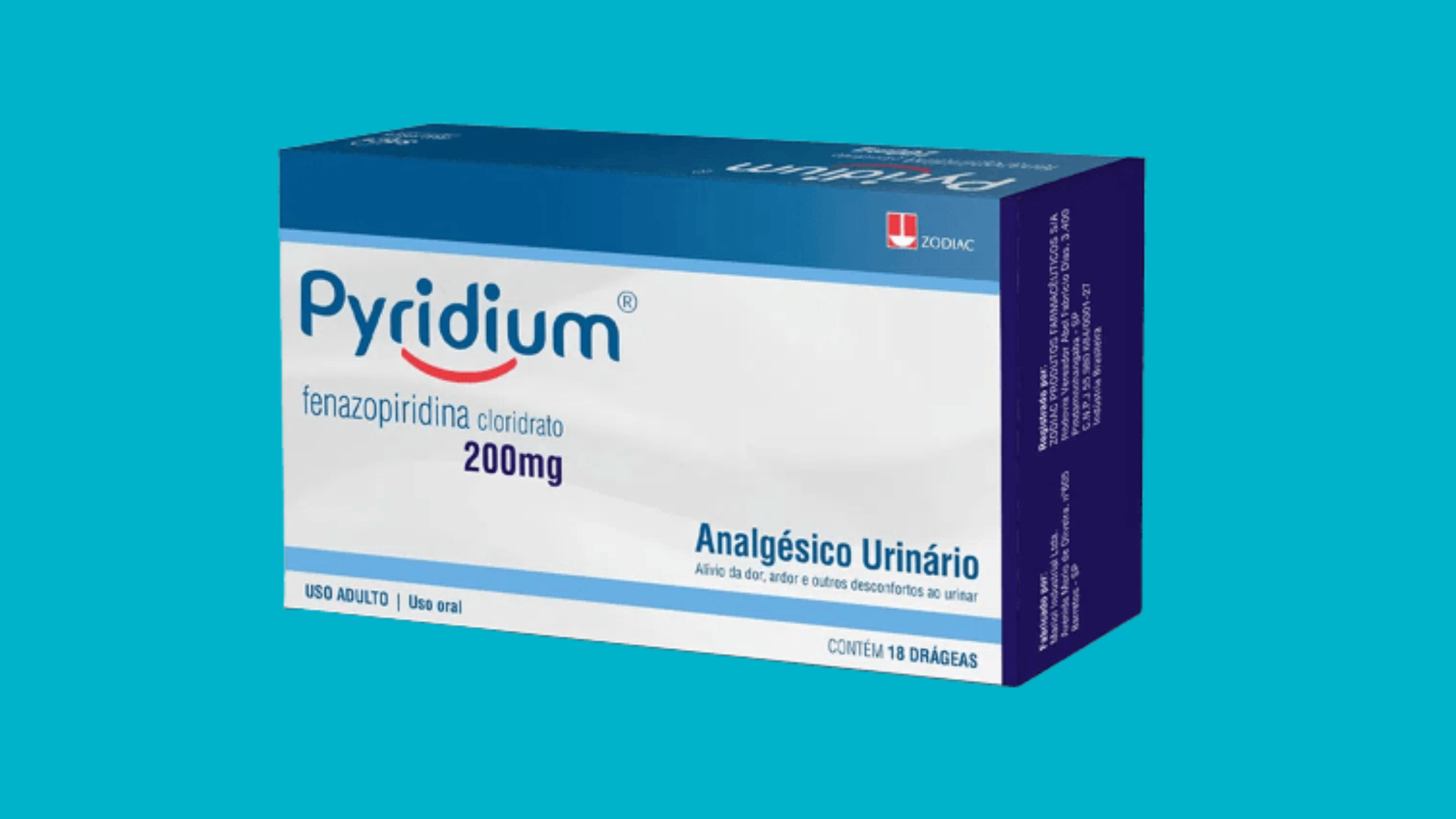How To Remove Pyridium Stain From Washable Fabrics
January 27, 2023
Are you struggling to remove Pyridium stains from your clothes? Don't let those stains ruin your favorite garments. In this guide, we will show you how to effectively and easily remove Pyridium stains from washable fabrics, leaving your clothes looking as good as new.
COLOR
Orange
APPEARANCE
These stains appear as discoloration of the fabric that is usually orange or yellow in color. They can be dry or slightly damp to the touch and may have a slightly medicinal smell.
WATER TEMP
Warm (85° to 105°F)
RATIONALE FOR WATER TEMP
Warm water helps to dissolve the Pyridium and make it easier to remove.
The Science Behind Pyridium Stains
Pyridium, also known as phenazopyridine, is a medication that is used to relieve symptoms of pain, burning, and discomfort caused by urinary tract infections. The active ingredient in Pyridium is phenazopyridine, which is a yellow azo dye. Azo dyes are a class of organic compounds that contain the nitrogen-nitrogen double bond, which makes them highly colored. When you take Pyridium, the dye is excreted in your urine, which can make your urine appear orange in color. This is the reason why it is recommended to wear a pad when taking Pyridium. The dye can bind to clothing fibers, causing discoloration and staining. The longer the stain sits, the harder it will be to remove, so it's best to treat the stain as soon as possible. It is also important to be careful when handling or using the medication to avoid staining clothes or other materials.

What You'll Need To Get Rid Of Pyridium Stains
- Dishwashing liquid
- Enzyme-based laundry detergent
- Hydrogen peroxide
- White vinegar
- Borax
- Ammonia
- Chlorine bleach
Step By Step Process To Remove Pyridium Stains
- Treat the stain as soon as possible. The longer the stain sits, the harder it will be to remove.
- Mix a solution of dishwashing liquid and warm water. Use about 1 teaspoon of dishwashing liquid for every 1 cup of warm water.
- Apply the solution to the stain and gently rub it in with a soft-bristled brush or a clean white cloth.
- Allow the solution to sit on the stain for about 5 minutes.
- Rinse the garment thoroughly with warm water.
- Apply enzyme-based laundry detergent directly to the stain.
- Wash the garment in warm water (not exceeding 130F) using enzyme-based laundry detergent.
- Check the stain before drying the garment. If the stain is still visible, repeat the previous steps or use a solution of hydrogen peroxide, white vinegar, and warm water. Mix 1 part hydrogen peroxide, 1 part white vinegar, and 2 parts warm water. Apply the solution to the stain, wait 5 minutes and then rinse thoroughly with warm water.
- If the stain persists after the above steps, you can try using a paste made of borax and warm water or a solution of equal parts ammonia and warm water. Be sure to rinse thoroughly and always test on an inconspicuous area first to check for colorfastness.
- As a last resort, you can try using chlorine bleach, but be aware that it can discolor or weaken certain fabrics. Always check the care label and test on an inconspicuous area first.
In Brief
Pyridium, also known as phenazopyridine, is a medication that can cause yellow stains on fabrics. The active ingredient in Pyridium is a yellow dye that binds to fibers, discoloring them. To remove the stain, you can use various solutions like a mix of dishwashing liquid and warm water, enzyme-based laundry detergent, hydrogen peroxide, white vinegar, borax, ammonia, and chlorine bleach. Always test the solution on an inconspicuous area before use and check the care label of the garment.
Want to share this?
